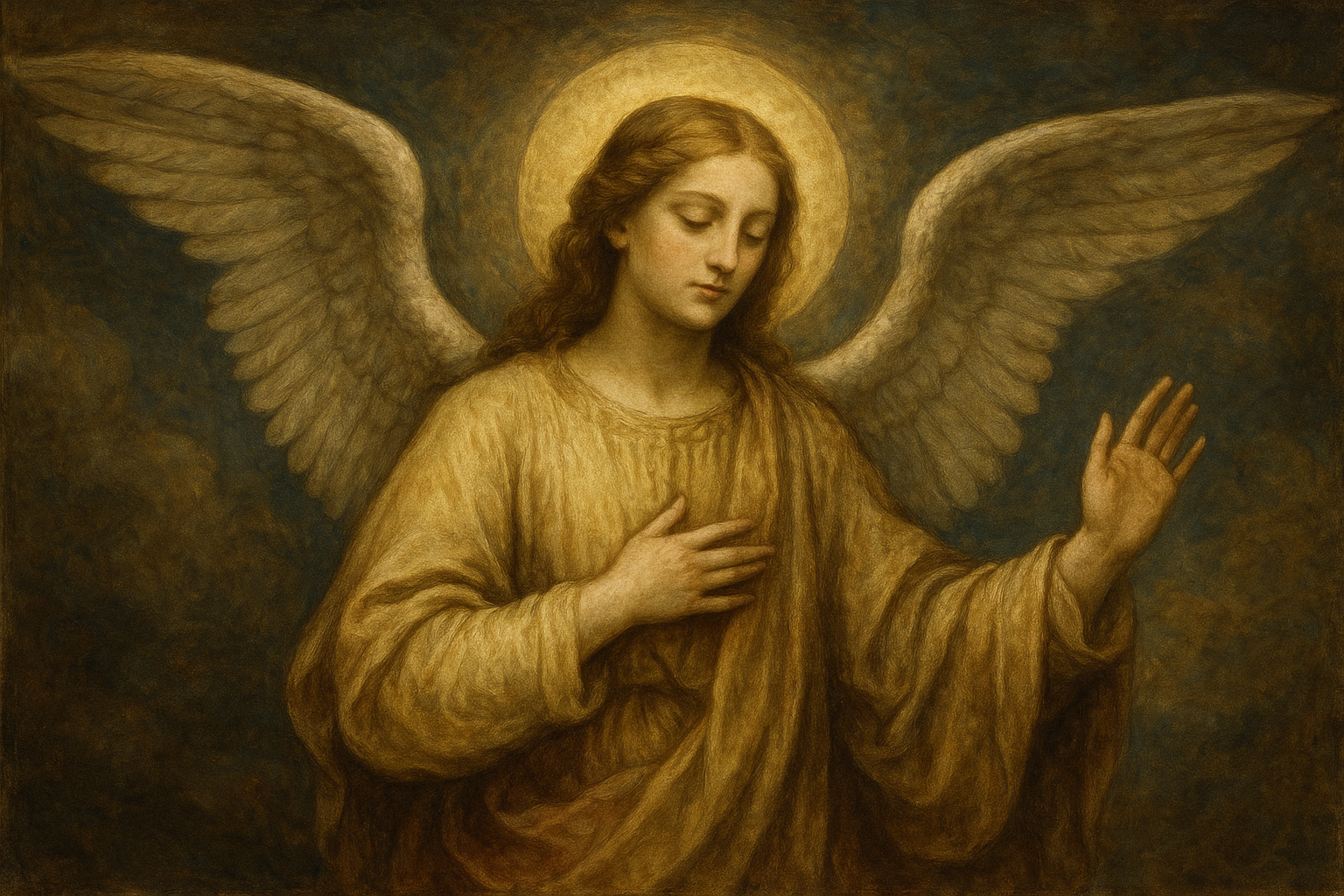Spiritual Themes in Respighi’s “Ancient Airs and Dances”
Ottorino Respighi’s Ancient Airs and Dances is a captivating suite that masterfully bridges the past and the present. Consisting of three orchestral suites composed between 1917 and 1932, each piece revisits Renaissance and Baroque compositions. Beyond its mere homage to early music, the suite resonates with profound spiritual themes that echo throughout its ethereal melodies and intricate harmonies.
A Journey Through Time
Each movement within Ancient Airs and Dances evokes a sense of timelessness, as though Respighi is inviting listeners to embark on a spiritual journey through the ages. The work’s reverence for antiquity transcends simple nostalgia. Instead, it seeks to explore the deeper, spiritual connections humans have with their history and cultural heritage.
In an article on Gramophone, musicologist Edward Johnson notes, “Respighi’s arrangements are not mere pastiches; they breathe new life into these ancient melodies, making them resonate with modern audiences.” This vibrant reawakening of old music can be seen as a spiritual act—a revival that breathes contemporary spirit into ancient forms.
Transcendence Through Melody
The spiritual dimension of Respighi’s work is perhaps most evident in its melodic lines. The suites often employ modal harmonies reminiscent of choral works, creating an ethereal quality akin to sacred music. As listeners delve into pieces such as the melancholic strains of the second movement of Suite No. 2, they are encouraged to reflect on themes of mortality, faith, and transcendence.
“There is a poignant beauty in Respighi’s interpretations,” says conductor Riccardo Chailly. “One feels an elevation of the spirit as the music unfolds, as if glimpsing eternity through a window of sound.”
The Dance as Spiritual Expression
The suites not only consist of airs but also of dances, which carry their own spiritual significance. Dance, with its rhythm and movement, has long been a form of spiritual expression across various cultures. The suites’ jovial gavottes, stately sarabandes, and vigorous gigues reflect the spiritual ecstasy and community they once fostered.
- Suite No. 1: Evokes the solemnity and grace of earlier dance forms.
- Suite No. 2: Marries emotional depth with expressions of joy and renewal.
- Suite No. 3: Captures the serene beauty and spiritual ascendance inherent in its inspiration.
Ultimately, Ancient Airs and Dances is more than just a tribute to early music; it is a spiritual exploration that connects the listener to a timeless continuum of human expression and emotion. Through Respighi’s transformative compositions, the past becomes an ever-present source of inspiration and solace.
